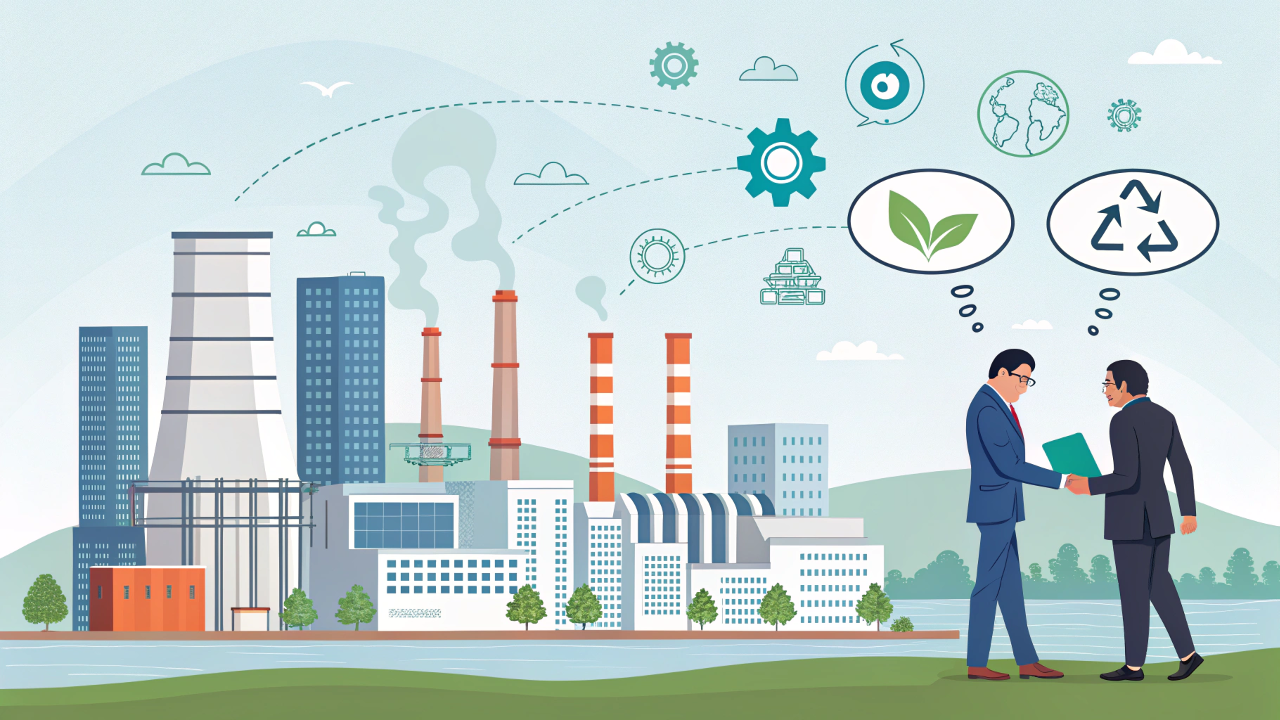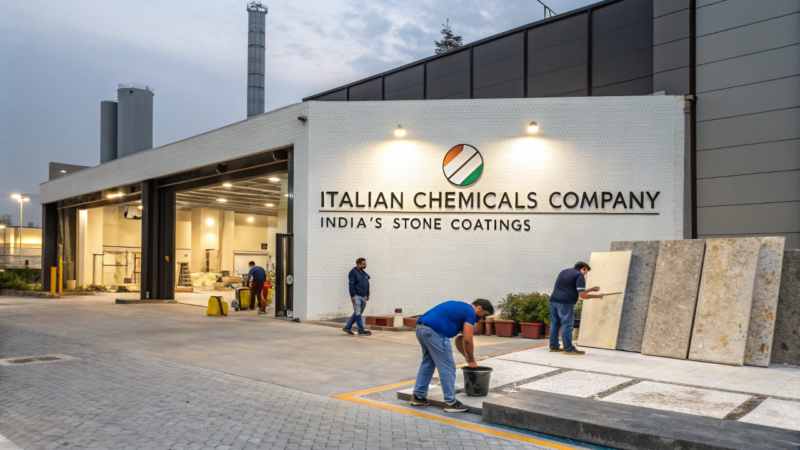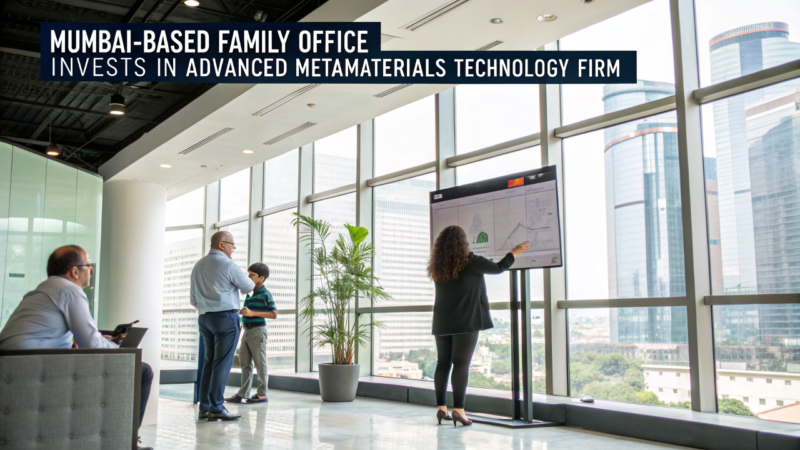
Introduction
India’s industrial sector is growing rapidly, but this growth is accompanied by a major environmental challenge—wastewater pollution. With over 13 billion liters of industrial effluent discharged daily, industries like textiles, pharmaceuticals, and chemicals are facing stringent environmental regulations. The push for Zero Liquid Discharge (ZLD), effluent recycling, and sustainable wastewater solutions has created multi-billion-dollar opportunities for global technology providers, EPC contractors, and investors.
As India seeks to balance economic growth with environmental sustainability, industrial wastewater treatment is becoming a top priority. Government policies, industry innovations, and international partnerships are accelerating the adoption of effluent treatment technologies. This blog explores India’s industrial wastewater crisis, evolving regulations, emerging business opportunities, and the role of global technology firms in shaping the future of wastewater treatment.
The Industrial Wastewater Crisis in India
1. Rising Industrial Pollution
- Key Sectors Contributing to Wastewater Pollution:
- Textiles: High COD/BOD levels from dyeing and bleaching processes. The textile sector is one of the largest water consumers, using up to 200 liters of water per kilogram of fabric produced.
- Pharmaceuticals & Chemicals: Hazardous effluents containing antibiotic residues, heavy metals, and organic contaminants, posing severe environmental risks.
- Food Processing & Breweries: These industries generate high organic loads, contributing to eutrophication in nearby water bodies.
- The National Green Tribunal (NGT) has intensified legal actions against non-compliant industries, imposing penalties and mandating the closure of polluting units.
2. Strict Regulatory Framework
- The Water (Prevention & Control of Pollution) Act, 1974 mandates strict treatment of industrial effluents before discharge (CPCB, 2024).
- Zero Liquid Discharge (ZLD) Mandates:
- Tamil Nadu, Gujarat, and Maharashtra have imposed compulsory ZLD for the textiles and pharma industries.
- ZLD adoption is increasing in industrial parks and SEZs, with government subsidies available to modernize effluent treatment.
- Effluent Recycling Incentives: Industries receive tax benefits for implementing advanced wastewater recycling technologies.
Business & Investment Opportunities in Industrial Wastewater Treatment
1. Advanced Wastewater Treatment Technologies
- Membrane Bioreactors (MBR): High-efficiency filtration that removes solids, bacteria, and organics while reclaiming up to 95% of wastewater.
- Electrocoagulation & Advanced Oxidation Processes (AOPs): Cutting-edge solutions that eliminate pharmaceutical pollutants and microplastics from effluent.
- AI & IoT-Based Smart Effluent Treatment Plants (ETPs):
- Predictive maintenance minimizes treatment plant failures and downtime.
- IoT sensors provide real-time monitoring of pH, COD, and TDS levels, ensuring compliance with pollution norms.
2. PPP & BOOT Model Wastewater Projects
- Build-Operate-Transfer (BOT): Ideal for large industrial estates and SEZs where private firms manage wastewater treatment operations before transferring ownership to the government.
- Hybrid Annuity Model (HAM): Encourages private investment through a mix of government grants and user charges, ensuring financial sustainability.
- Foreign Direct Investment (FDI):
- 100% FDI is permitted in India’s wastewater sector.
- International firms can enter through joint ventures and technology transfer agreements.
3. Circular Economy & Water Reuse Market
- Recycled industrial wastewater is being reused for:
- Irrigation in agriculture, especially in water-scarce states like Rajasthan and Karnataka.
- Cooling towers & boiler feedwater in steel and power plants.
- Manufacturing processes in industries like automobile and semiconductors.
- PPP-driven projects in water-stressed industrial regions promote large-scale wastewater reuse, reducing dependency on freshwater sources.
Challenges & Solutions
1. High Capex for ZLD Implementation
- Industries face financial constraints in setting up advanced effluent treatment plants.
- Viability Gap Funding (VGF) and government-backed low-interest loans are available to encourage adoption.
2. Lack of Skilled Workforce
- Industrial wastewater treatment requires specialized technical expertise, which is currently lacking in many industries.
- Skill development programs and industry-academia partnerships are addressing this gap.
3. Regulatory Compliance Risks
- Industries struggle with complex environmental clearances.
- Collaboration with local EPC firms and government agencies helps streamline compliance processes.
- Blockchain-based tracking of effluent discharge data can improve transparency and regulatory reporting.
Future of Industrial Wastewater Treatment in India
- Decentralized Treatment Solutions: Compact, modular treatment systems will cater to SMEs that lack the capital for large ETPs.
- Desalination for Industrial Use: Increasing focus on desalination to supply treated wastewater for high-purity industrial applications.
- Incentivizing Water Reuse Credits: Government initiatives may introduce water reuse credits, similar to carbon trading markets, to encourage industries to invest in wastewater recycling.
Conclusion
India’s industrial wastewater treatment sector presents a $20+ billion opportunity for global players. With strict regulations driving demand for ZLD, effluent recycling, and advanced treatment technologies, now is the ideal time for foreign companies, EPC contractors, and technology providers to enter India’s wastewater market.
Investors and technology providers focused on cost-effective, scalable, and sustainable solutions will benefit from India’s growing emphasis on circular economy practices and water sustainability goals.
External References & Citations:
- Central Pollution Control Board (CPCB) – Industrial Wastewater Compliance
- Ministry of Jal Shakti – Effluent Treatment Policies
- NITI Aayog – India’s Circular Economy & Water Reuse
- PPP India – Industrial Wastewater PPP Models
- World Bank India – Financing Sustainable Industrial Water Use






